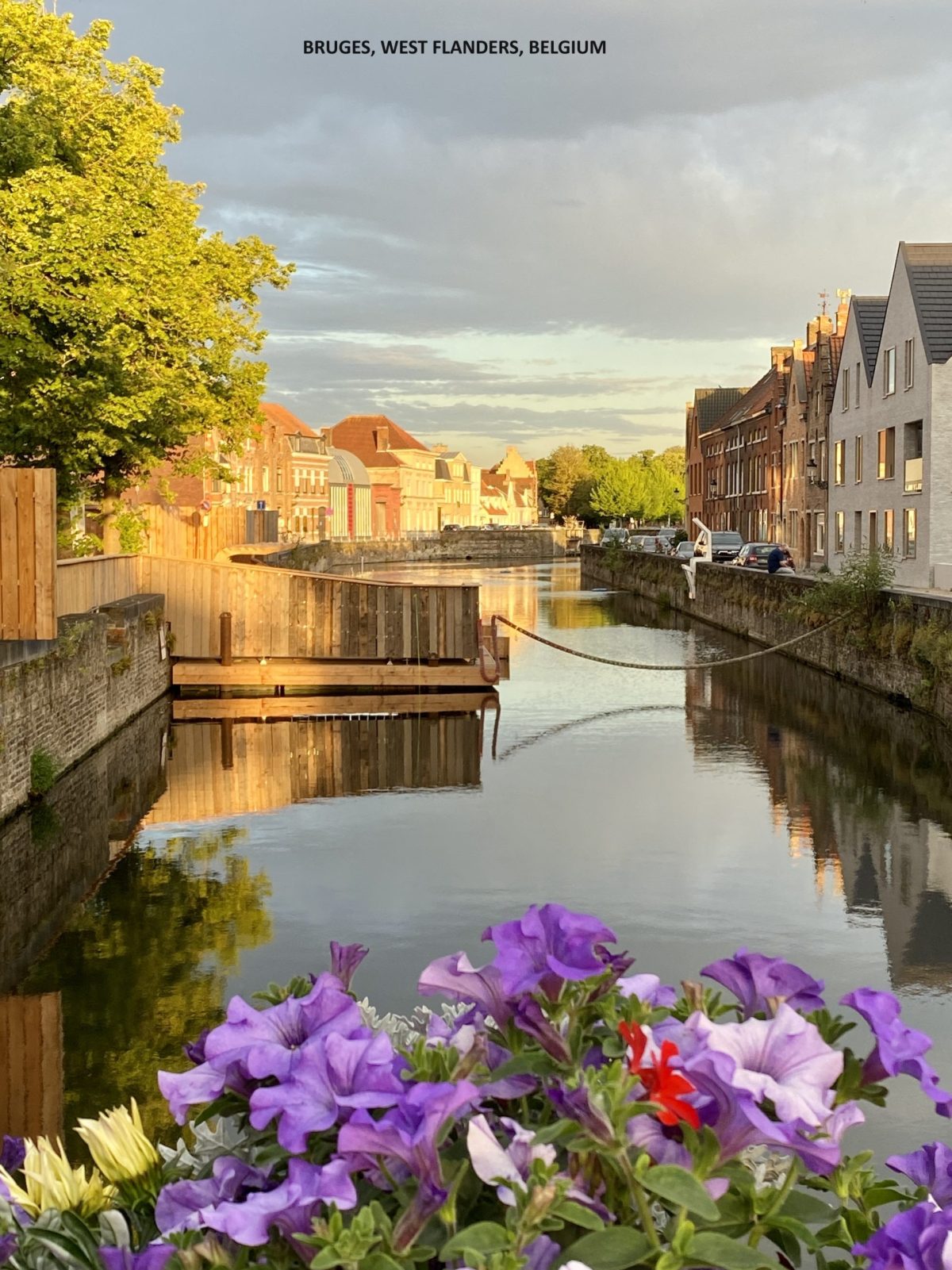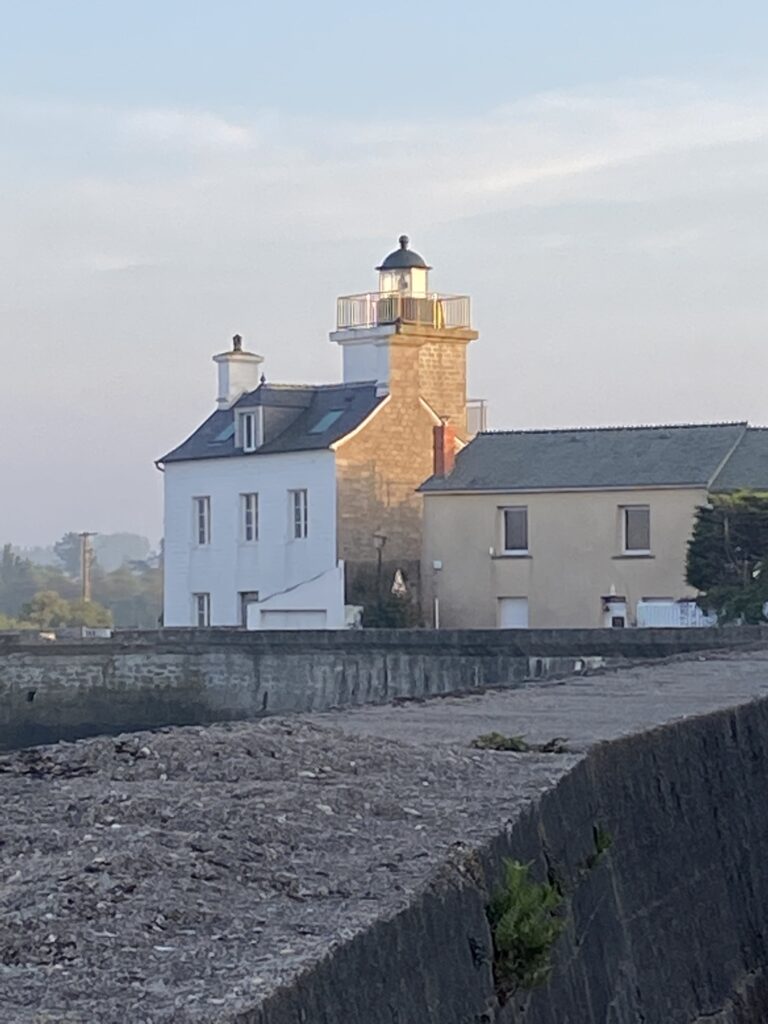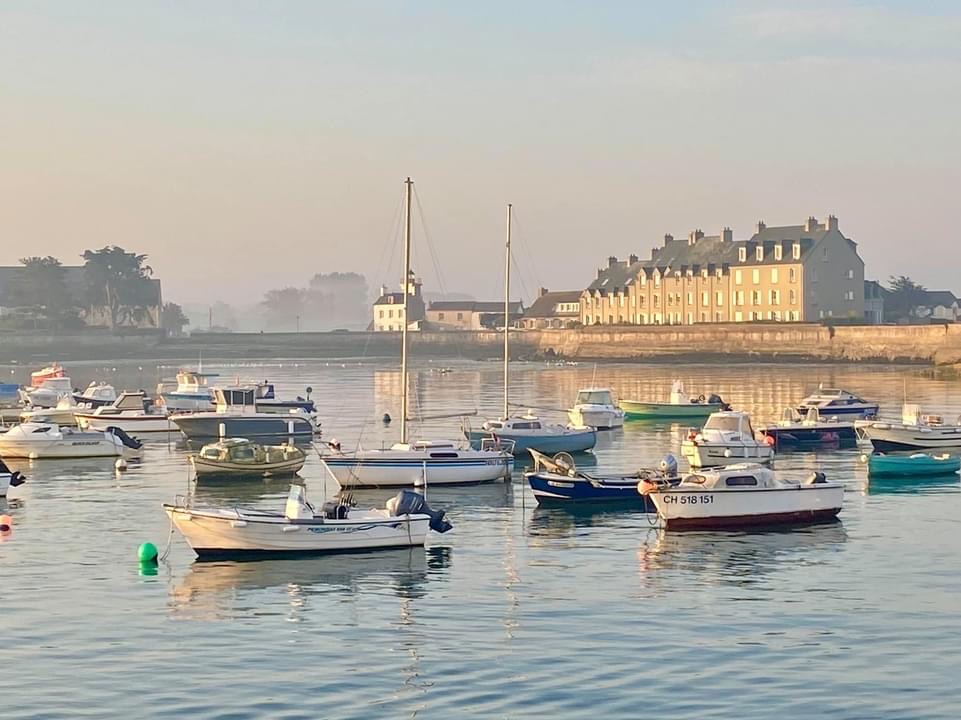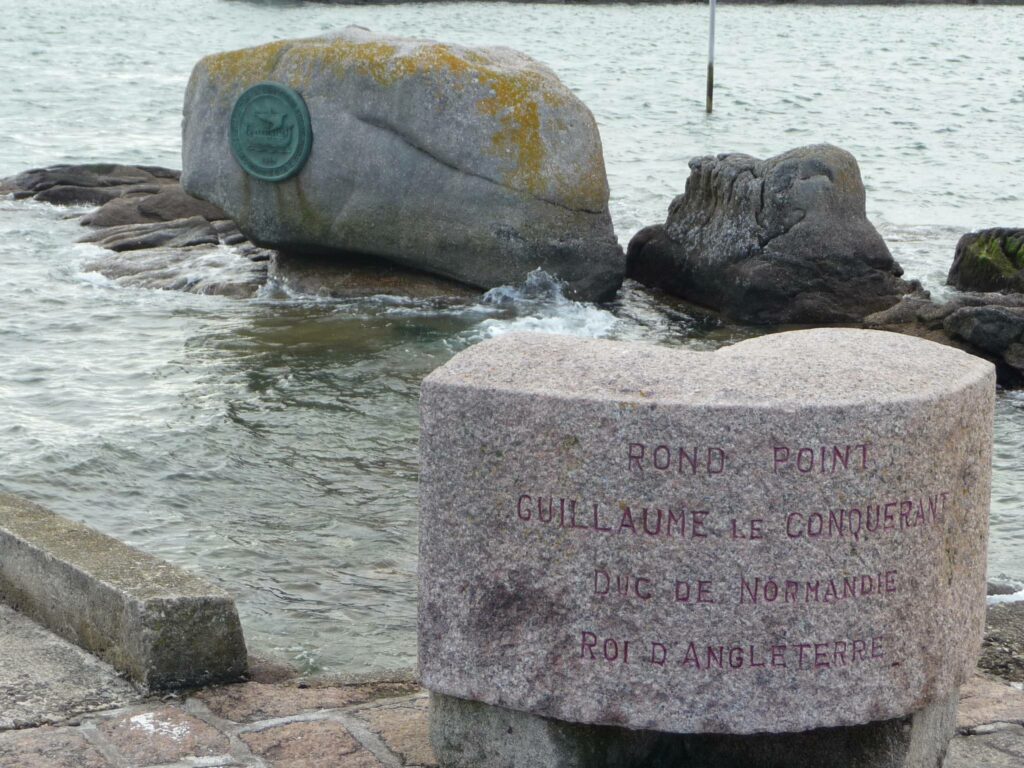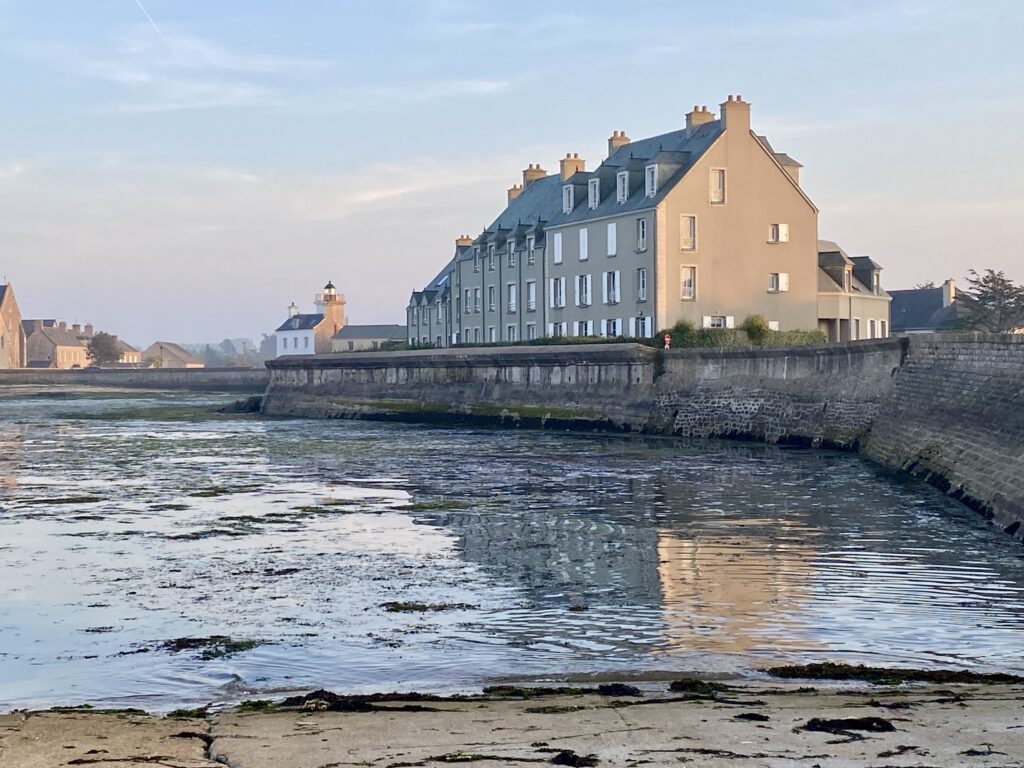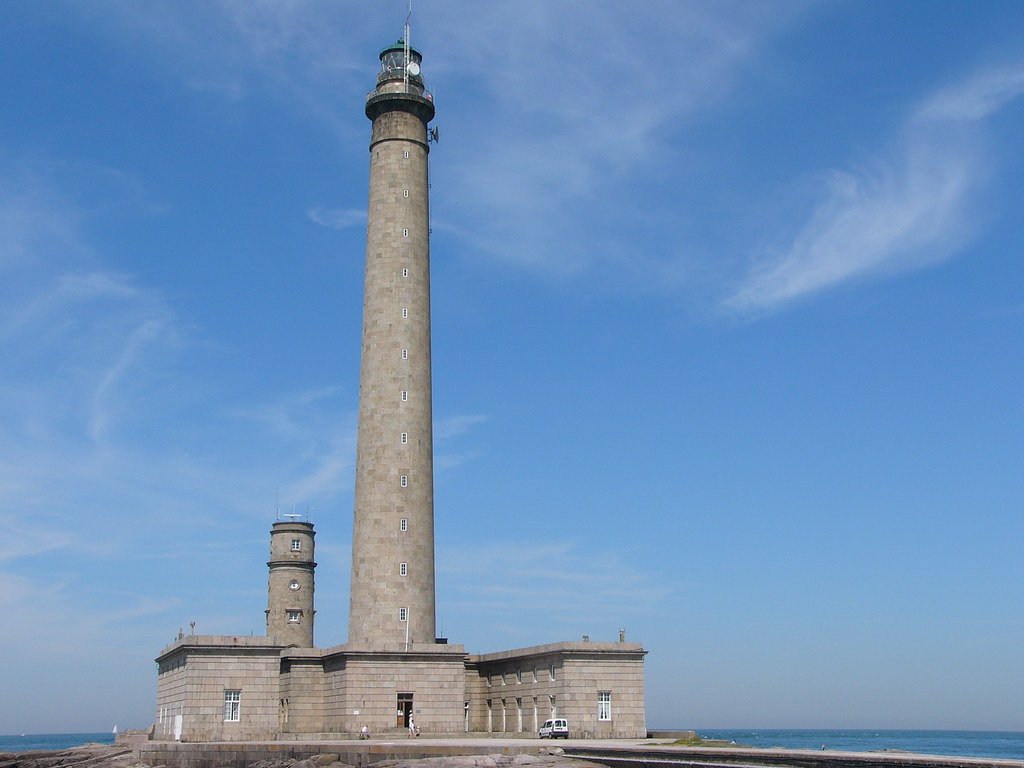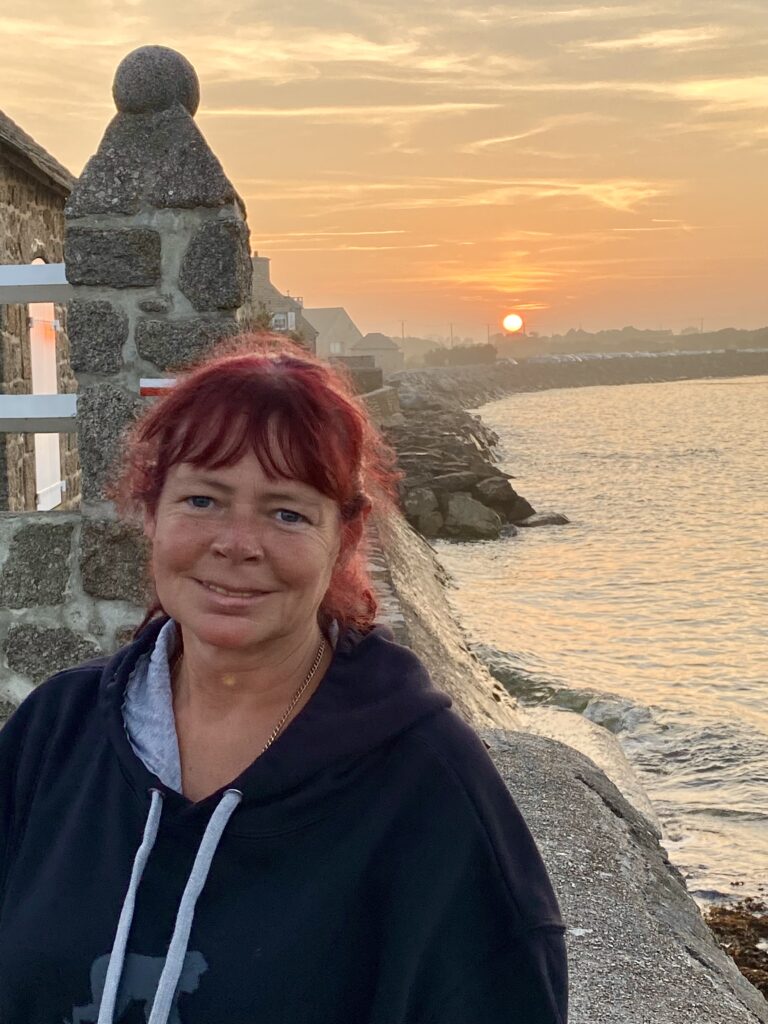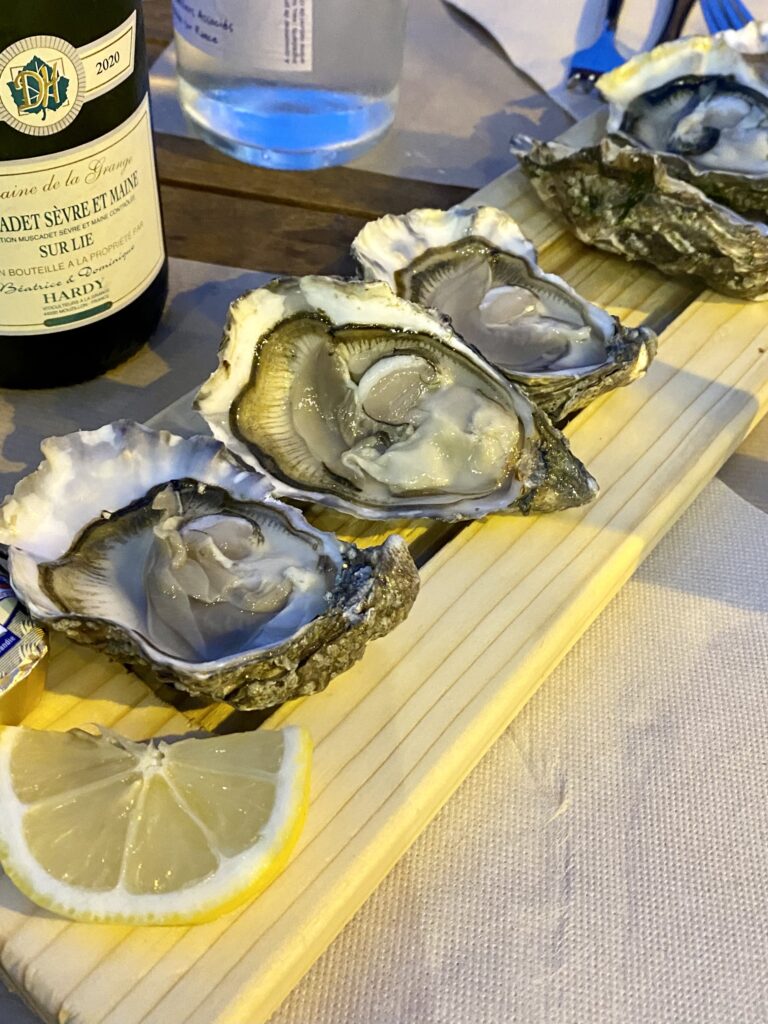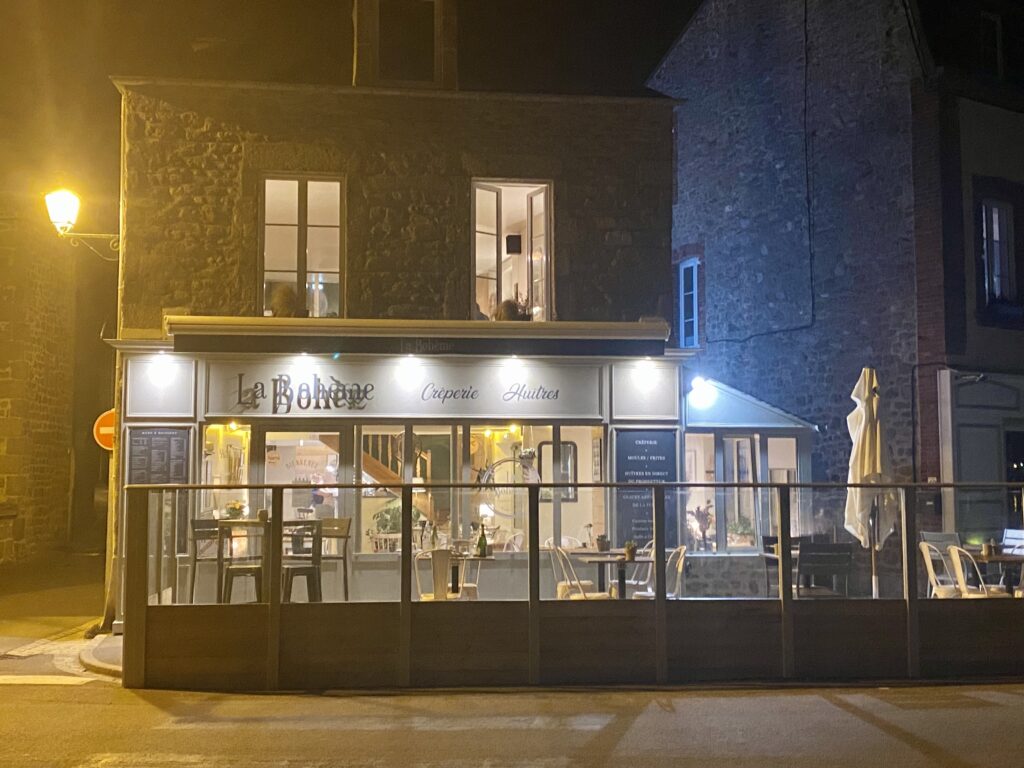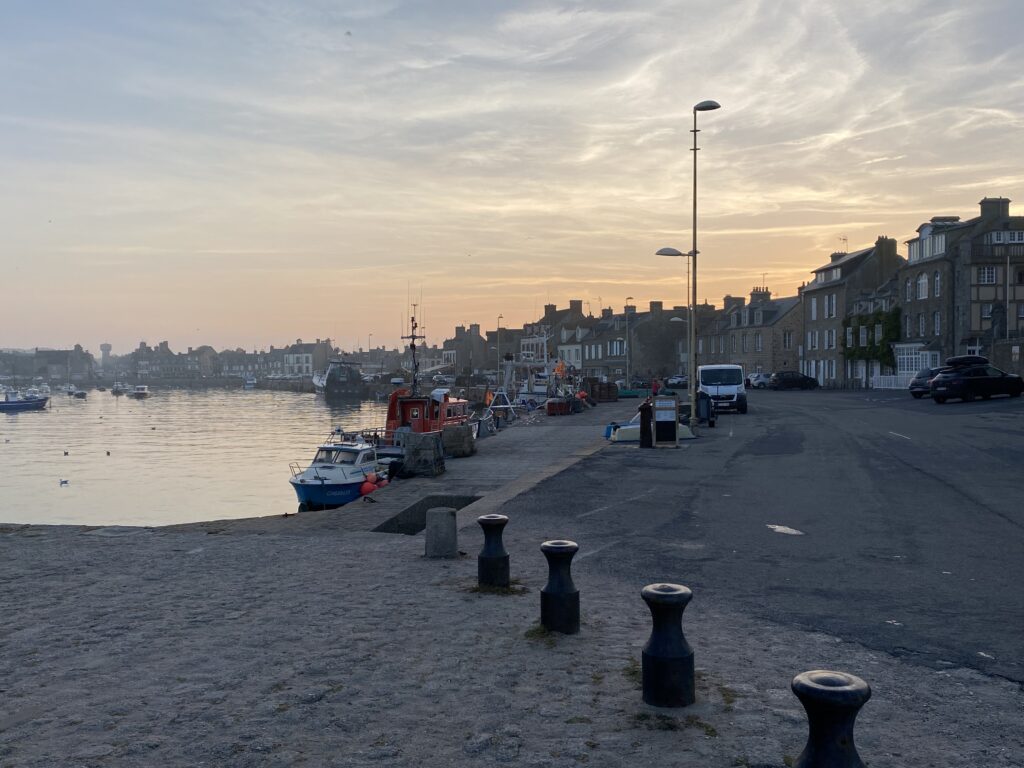It was Vanya who suggested Barfleur as our next port of call and, confusing Barfleur with Harfleur, I agreed. I didn’t realise my mistake until half way up the Cotentin Peninsula and so added 100 miles to our journey. I never did get to see Harfleur but, it proved to be, quite literally, a great mistake. Barfleur is a wonderful place to visit.
Situated at the top of the Cotentin Peninsula, 25 kilometres east of Cherbourg, Barfleur is an authentic and picturesque fishing village largely untouched by tourism. It’s cobbled streets, lined with 17th and 18th century shuttered grey granite houses (interspersed on the harbour side with the occasional restaurant or crepery) make for a place with real character and it is fully deserving of it’s listing as a “plus beaux village de France”.
It is a surprisingly peaceful little village with just 700 residents but this has not always been the case. In early Medieval times (Anglo-Norman) it was the largest port in Normandy with a population of well over 9,000 and it is steeped in history. In 1066 the Norman army under William the Conqueror sailed from Barfleur on their way to England and the Battle of Hastings. In 1120, Prince William Adelin, the only legitimate son and heir to King Henry I of England, perished when his ship, the Blanche Nef struck a rock and sank off Barfleur, starting a crisis of succession in England which led to a 17 year long civil war (the Anarchy). In 1194, Richard the Lionheart sailed from Barfleur to be crowned King of England. In 1346, at the start of the 100 years war, Edward III ransacked and almost completely destroyed the town. It was pillaged again in the 15th and 16th centuries. Oh,and one shouldn’t forget the naval battle which began at Barfleur in 1692 and which over a few days saw a combined Anglo-Dutch fleet destroy the French fleet of Admiral Comte de Tourville. The list of historic events in this little corner of the world goes on and on.
Most of the current village dates back to the 17th or 18th century. The inside of the 17th century church of Saint Nicholas is impressive but from the outside, with it’s square tower in place of a spire, it looks more like a Norman fort. This was the parish church of Sainte Marie-Madeleine (born Julie Postel in Barfleur in 1756) who was beatified in 1908 and canonised in 1925 for, inter alia, risking her life harbouring fugitive priests during the French Revolution. The house she was brought up in can still be seen.
Other famous people connected with Barfleur include the Neo Impressionist painter Paul Signac who lived there during the period 1932 to 1935 but the the rather special light and colours has attracted many artists (not the least of which is Antoine Guillemet) and writers (Victor Hugo and Jules Renard to name but two).
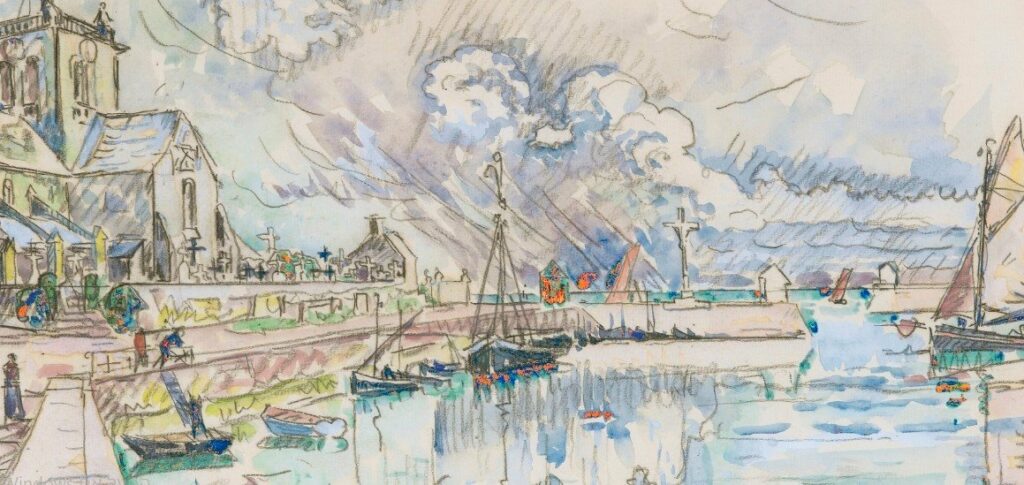
Paul Signac 
Antoine Guillemet
Driving to Barfleur it was plain to see that the surrounding countryside is quite beautiful. Paul Signac described it as “magnificent and very wooded and the terrain is rolling. It’s one of the high spots of France: the sea is beautiful and the gardens are full of flowers”. I didn’t do it but this scenery is perhaps best enjoyed taking the two mile coastal path from Barfleur to the 233 ft high Gatteville Lighthouse (the second or third tallest lighthouse in Europe). For a small fee, one can climb the stairs to the top of the lighthouse and the views (and the sensations) at the top are supposedly worth every cent of the entrance fee. A few utterly useless points about the lighthouse I would share with you:- (a) It is spread over 12 floors (one for each month of the year) and; (b) there are 52 windows (one for every week of the year) and; (c) there are 365 stairs (one for every day of the year). Now, why on earth….? No matter.
Barfleur is known for it’s oysters and also it’s wild mussels. Most mussels are farmed nowadays but these ones, known as the Blonde of Barfleur, are taken from natural or wild mussel banks to the east of the Cotentin Peninsula. They are renowned across France for their quality and are often cooked with the local calvados and; they can be tasted at any of the village restaurants when in season. It was already in my mind to eat oysters that evening but I would have ordered the mussels if I had known they were available. I didn’t find out until later that the season runs from June to the end of October. Next time.
We had a pleasant wander along the harbour and around the village, enjoyed the sunset and then settled down with the dogs at a small restaurant, overlooking the harbour, La Boheme, which specialises in oysters and crepes and served both a Cremant for Vanya and a nice Muscadet for me.
Without a doubt the heart and soul of the village is the harbour. I was up early the next morning and wandered down to the harbour to get a loaf of fresh bread and some croissants from the bakery. The bakery wasn’t open when I arrived but, no matter. For almost an hour I sat, quite happily, watching the fishermen make ready their boats and nets and then slowly motor out of the harbour, one after the other, in just about every type of small and medium sized fishing boat you could imagine. It seemed as if the whole village was up and off out to sea that morning. It is probably the same every morning. Constant and timeless were the words most in my mind.

Sunrise 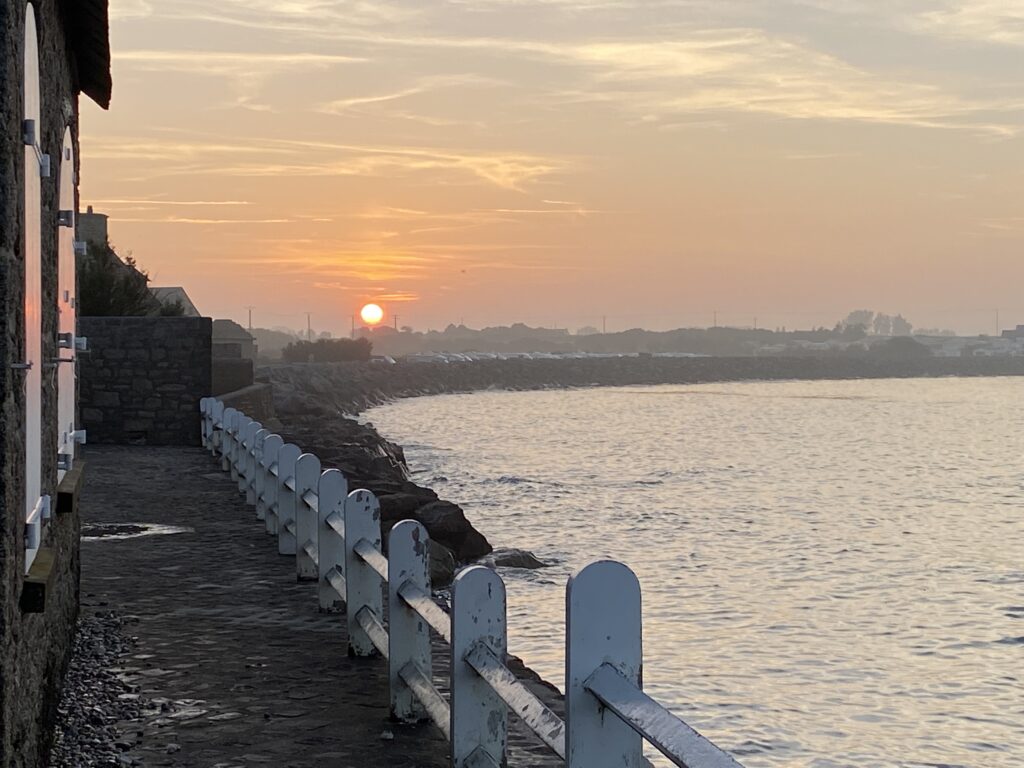
Sunset
Our next stop will be Saint Aubin sur Mer. Thereafter we will aim for Fecamp. It is time to start progressing all the necessary paperwork for entry back into the UK and Fecamp isboth close to Calais and large enough offer all the services we need.

